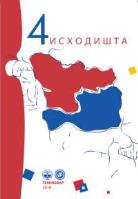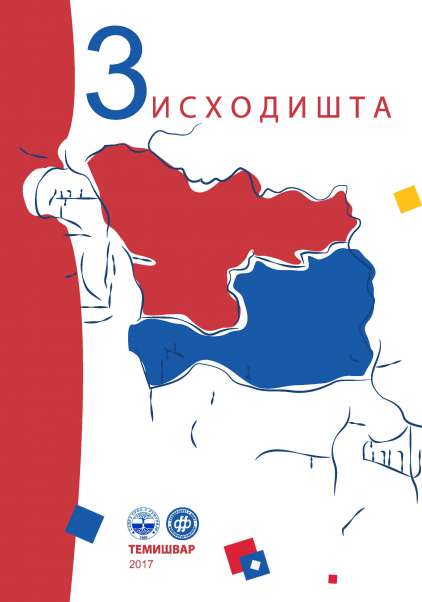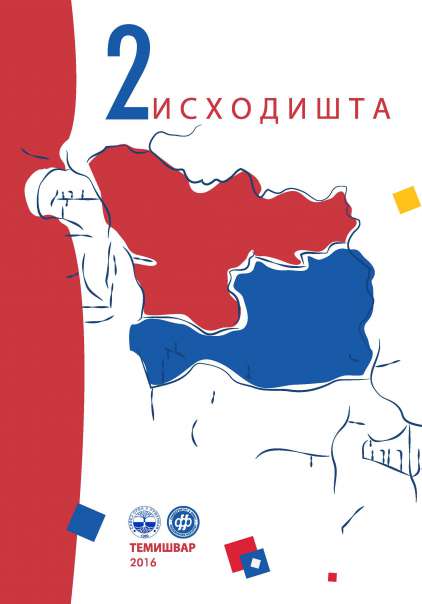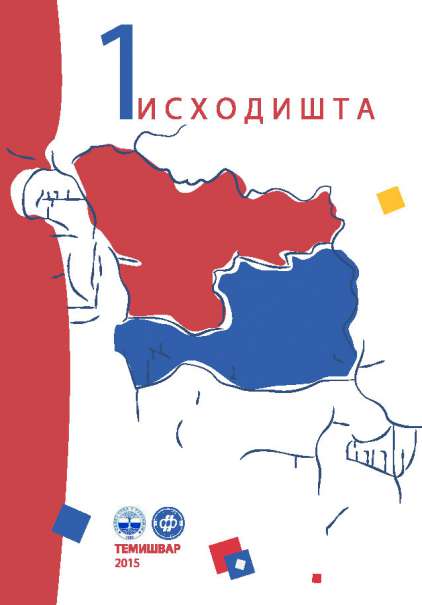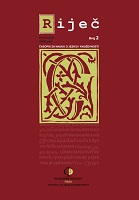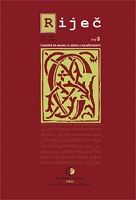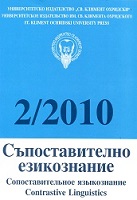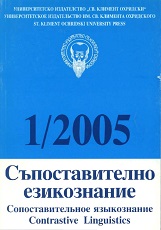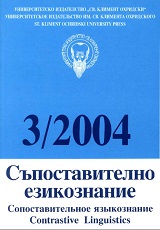Eesti käänamissüsteemi seaduspärasused
The article offers a description of the Estonian declensional system. The underlying principle is that of W. Wurzel’s concept of stable and unstable inflectional classes. Basing its claims on frequency data, the article presents a conceptual implicational structure of the nominal paradigm, headed by the nominative singular. The article also shows that the extra-morphological properties of a word comprise the derivational structure (together with the knowledge of the base), the phonological properties of the nominative singular, and the foreignness of the word. The important phonological properties are: the final phonemes of the word, the length of the final syllable, in some cases also the length of the penultimate syllable, and the location of stress on the penultimate syllable. The article presents its own classification of stable inflectional classes, based on their derivational and phonological properties, and gives the rules for deducing the base forms of the nominal paradigm from the nominative singular form.
More...
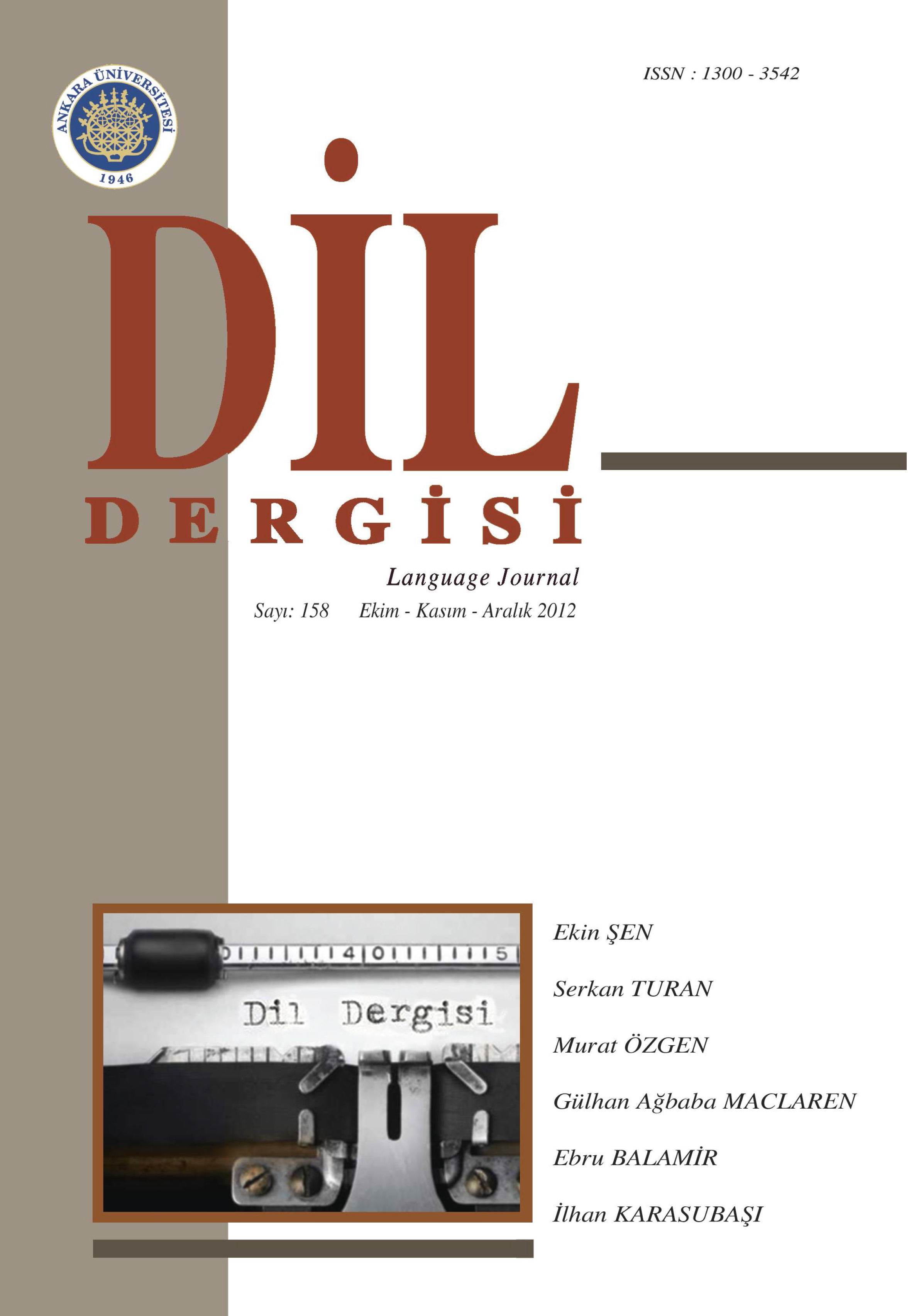
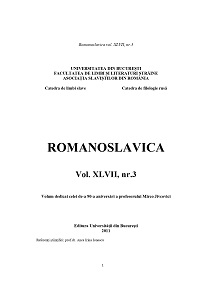
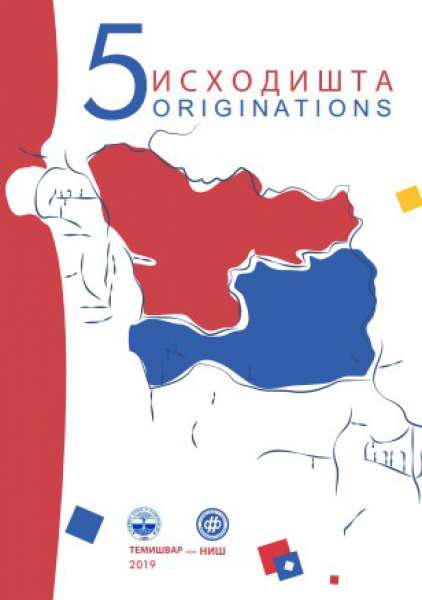
![Word-initial /ɨ/~[ɨ] in Polish](/api/image/getissuecoverimage?id=picture_2022_68397.jpg)
